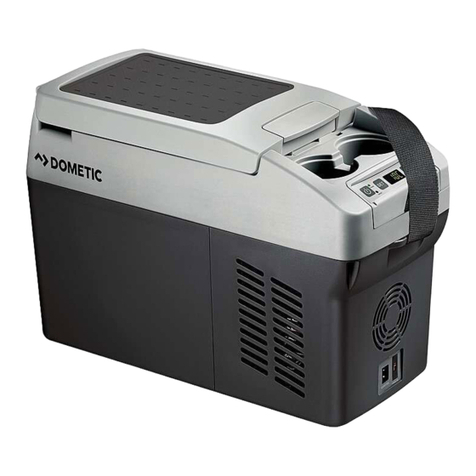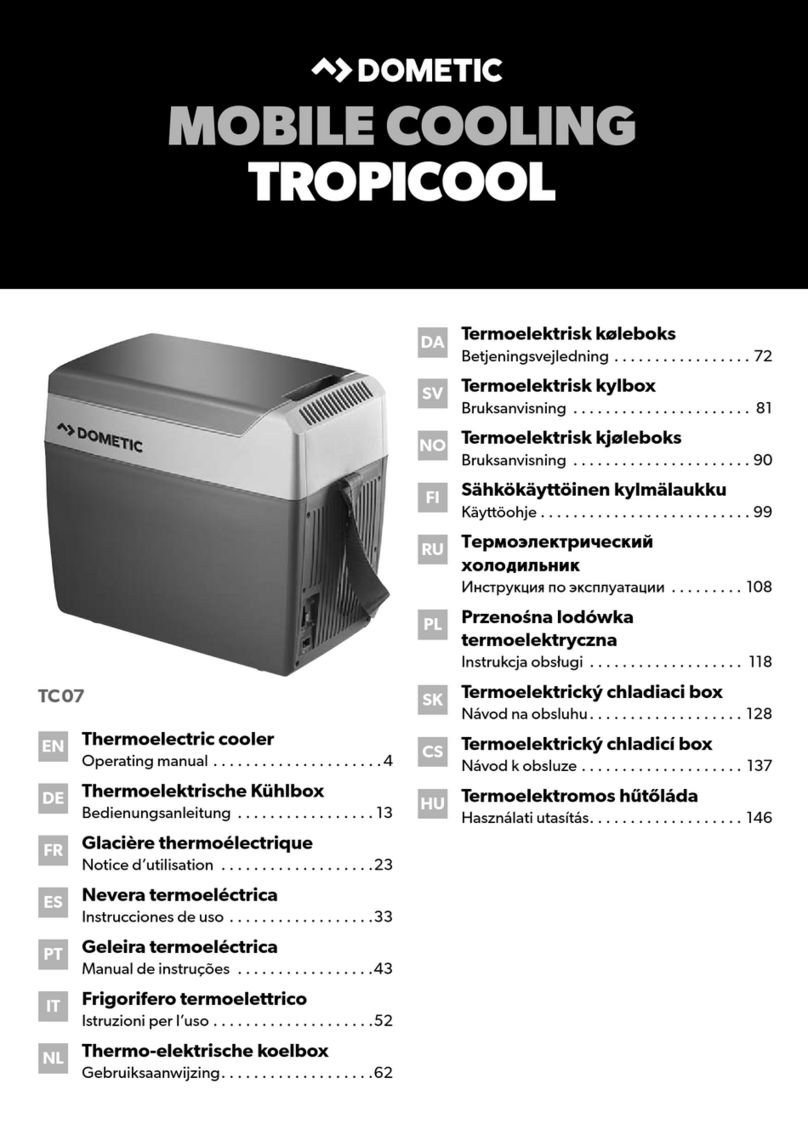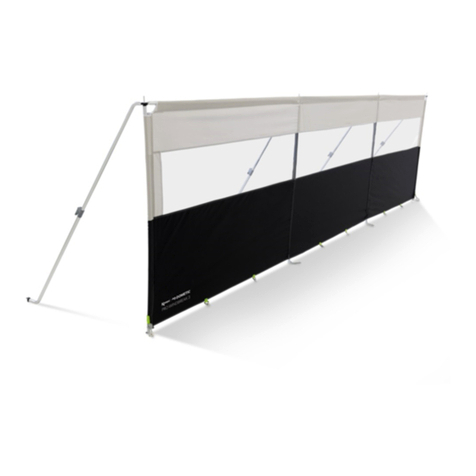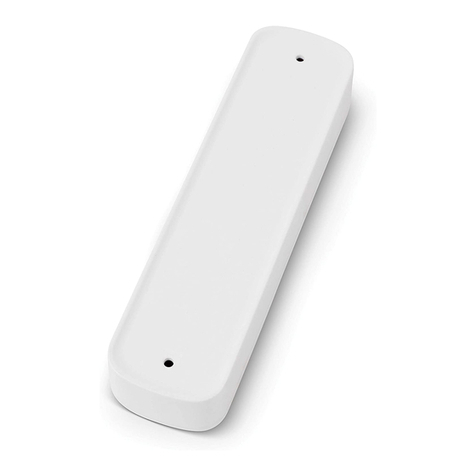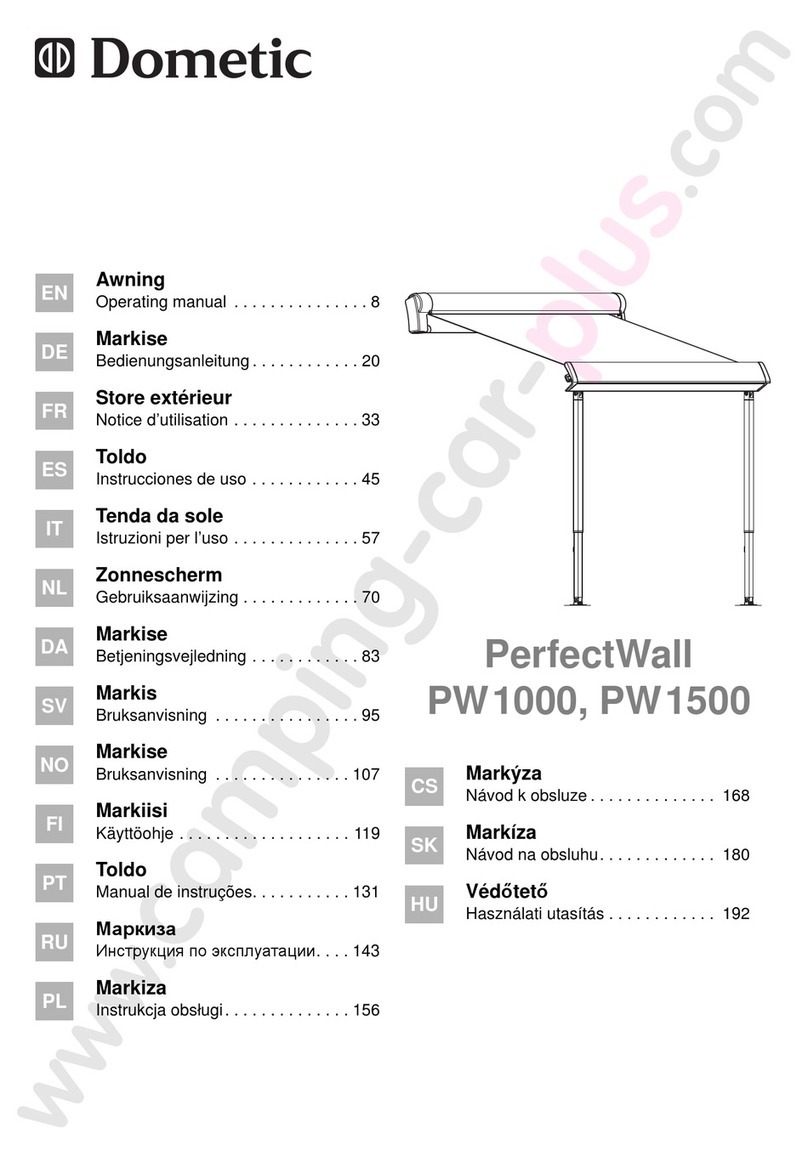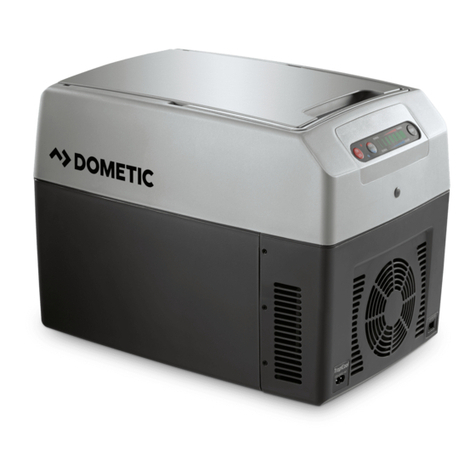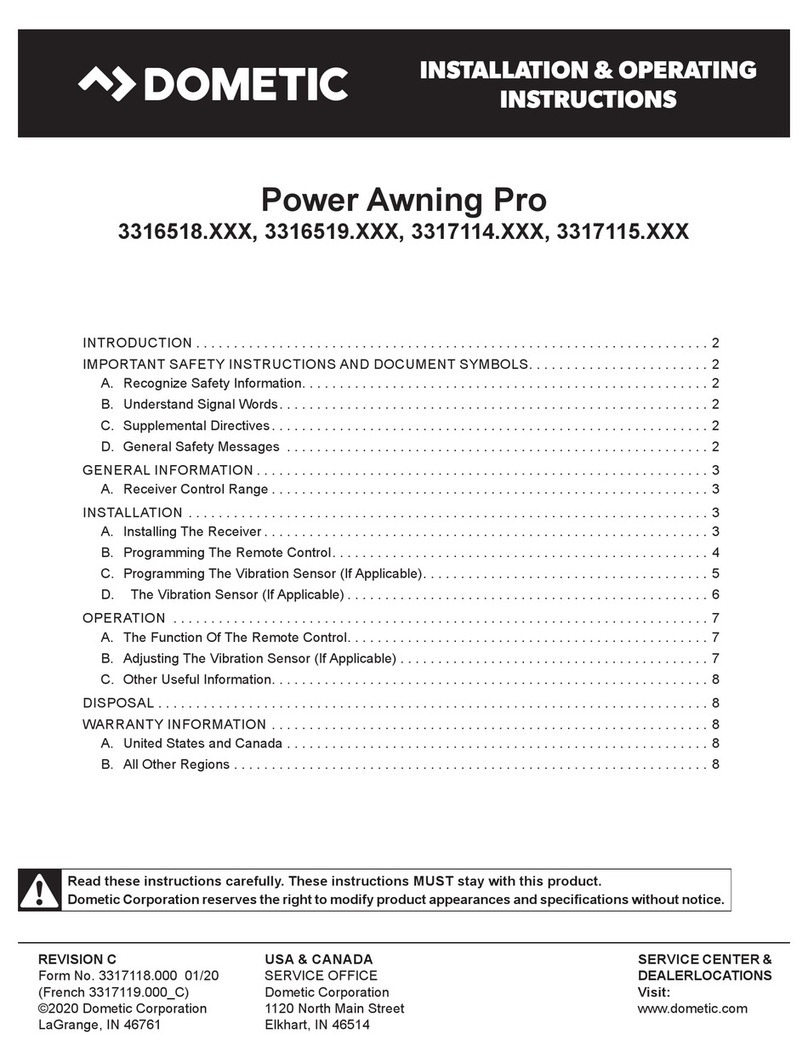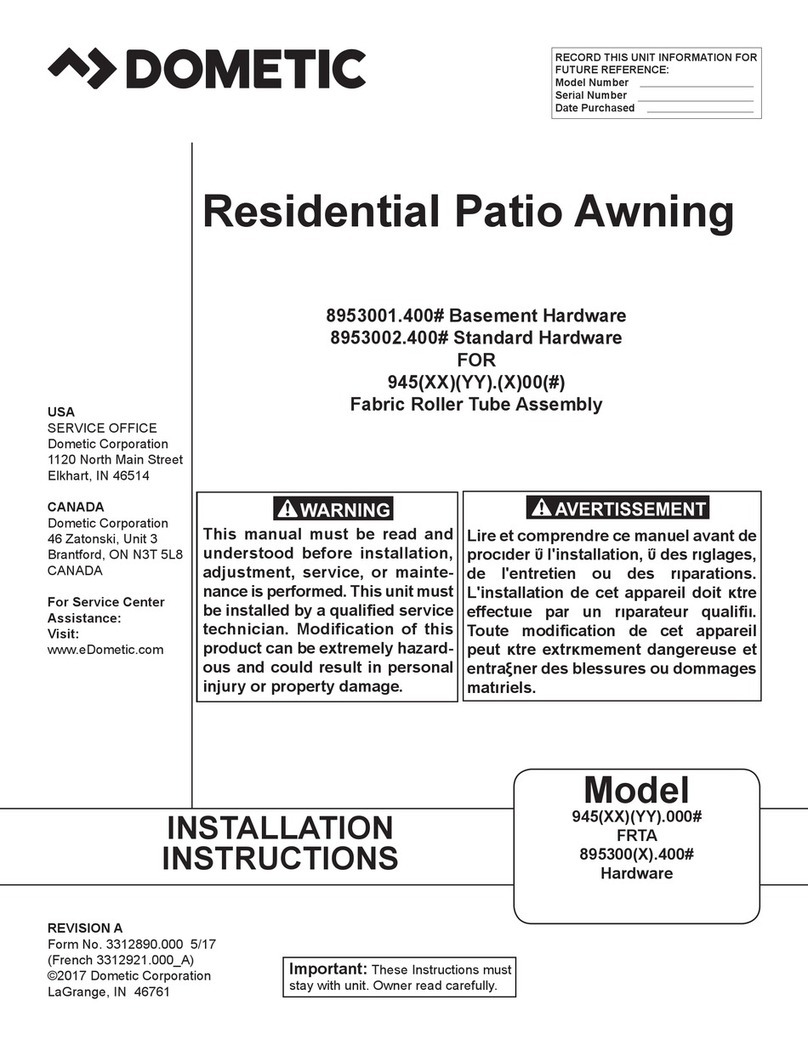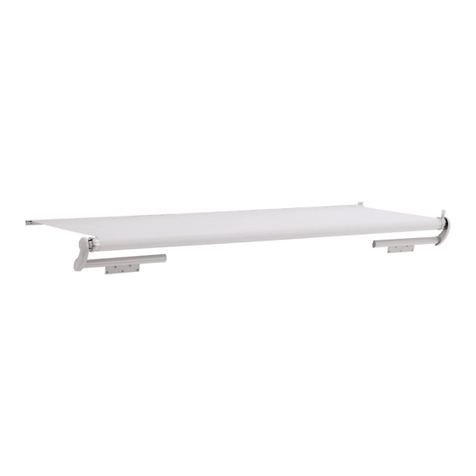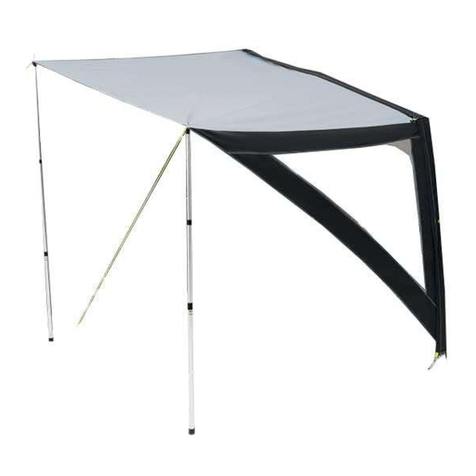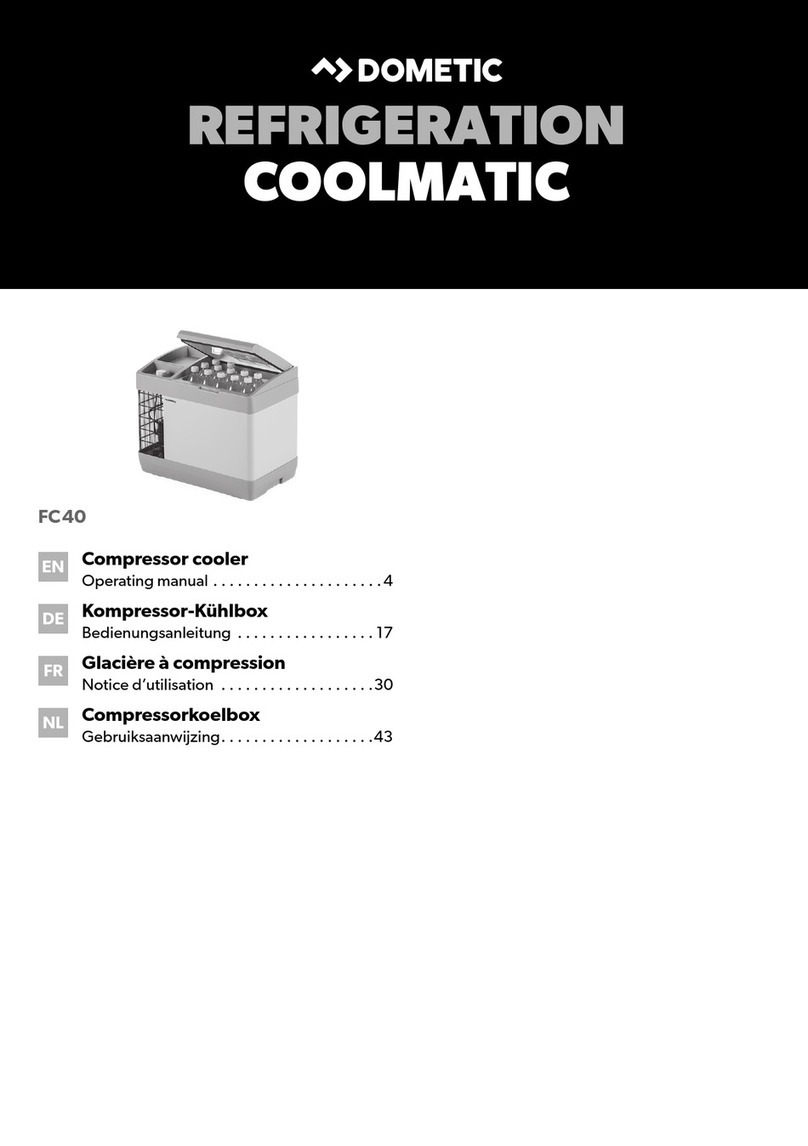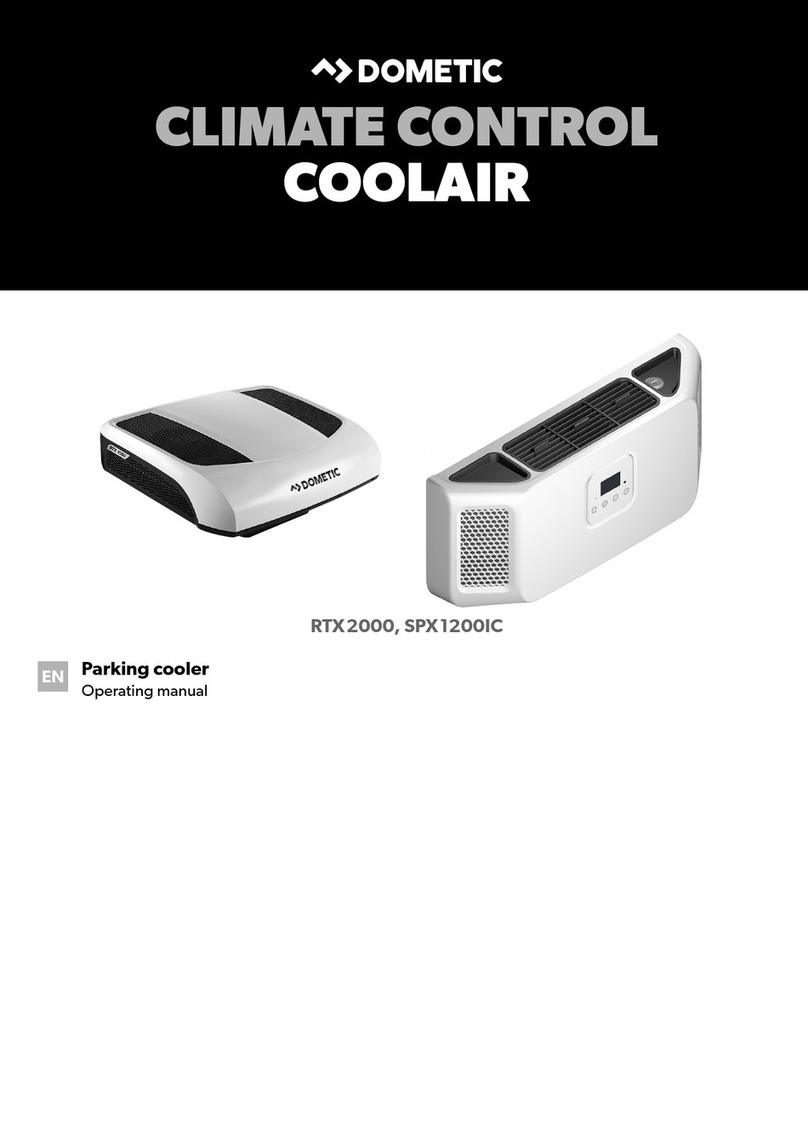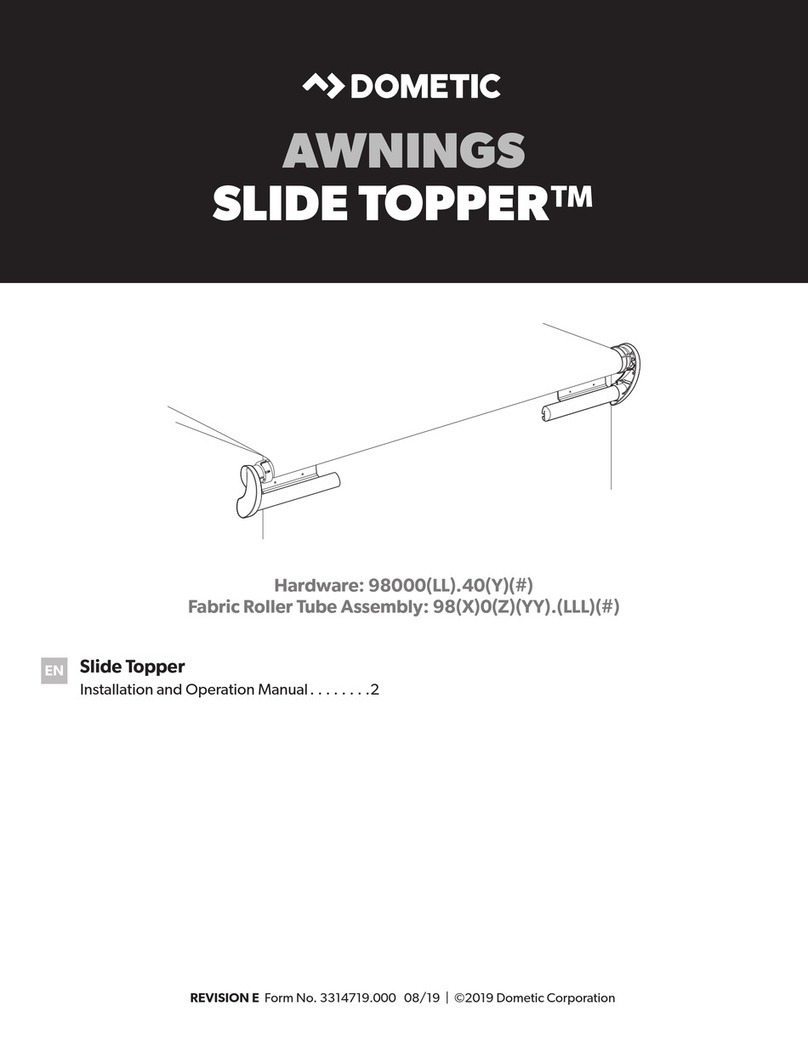
3EN
Power Awning
1 EXPLANATION OF SYMBOLS AND SAFETY INSTRUCTIONS
This manual has safety information and instructions to help you eliminate or reduce the risk of accidents
and injuries.
1.1 Recognize safety information
This is the safety alert symbol. It is used to alert you to potential physical injury hazards. Obey all safety
messages that follow this symbol to avoid possible injury or death.
1.2 Understand signal words
A signal word will identify safety messages and property damage messages, and will indicate the degree or level
of hazard seriousness.
indicates a hazardous situation that, if not avoided, could result in death or serious injury.
indicates a hazardous situation that, if not avoided, could result in minor or moderate injury.
is used to address practices not related to physical injury.
Iindicates additional information that is not related to physical injury.
1.3 Supplemental directives
Read and follow all safety information and instructions to avoid possible injury or death.
Read and understand these instructions before installation of this product.
Incorrect installation of this product can lead to serious injury.
The installation must comply with all applicable local or national codes, including the latest edition of the
following standards:
U.S.A.
• ANSI/NFPA70, National Electrical Code (NEC)
• ANSI/NFPA 1192, Recreational Vehicles Code
Canada
• CSA C22.1, Parts l & ll, Canadian Electrical Code
• CSA Z240 RV Series, Recreational Vehicles
1.4 General safety messages
Failure to obey the following warnings could result in death or serious injury:
• This product must be installed and serviced by a qualified service technician.
• IMPACT OR CRUSH HAZARD:
– This awning should be installed in a controlled environment (inside). Do not install the awning during
windy conditions, or when wind is expected. Otherwise, the awning could move unpredictably, become
unstable, and could detach, bend, or collapse.
– Do not remove LED rail (if equipped) from awning fabric. Otherwise, awning fabric could separate from
awning rail (on RV) and cause the awning to extend quickly, resulting in detaching, bending, or collapsing.
Failure to obey this warning could result in death or serious injury.
• FIRE OR ELECTRICAL SHOCK HAZARD. Make sure there are no obstacles (wires, pipes, etc.) inside RV walls.
Shut OFF gas supply, disconnect 120 VAC power from RV, and disconnect positive (+) 12 VDC terminal from
supply battery before drilling or cutting into RV.
• IMPACT OR PINCH HAZARD. Do not remove straps (wrapped around each arm assembly) until roller tube is
secured to front channel, awning fabric is attached to awning rail, and arm assembly is mounted to RV. Arm
assemblies are under tension from gas strut. Removing these ties could allow arms to extend quickly and
unexpectedly. Failure to obey this warning could result in death or serious injury.

